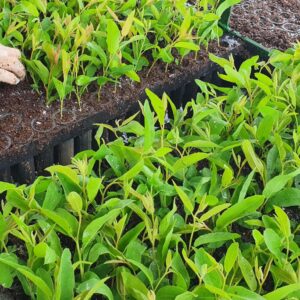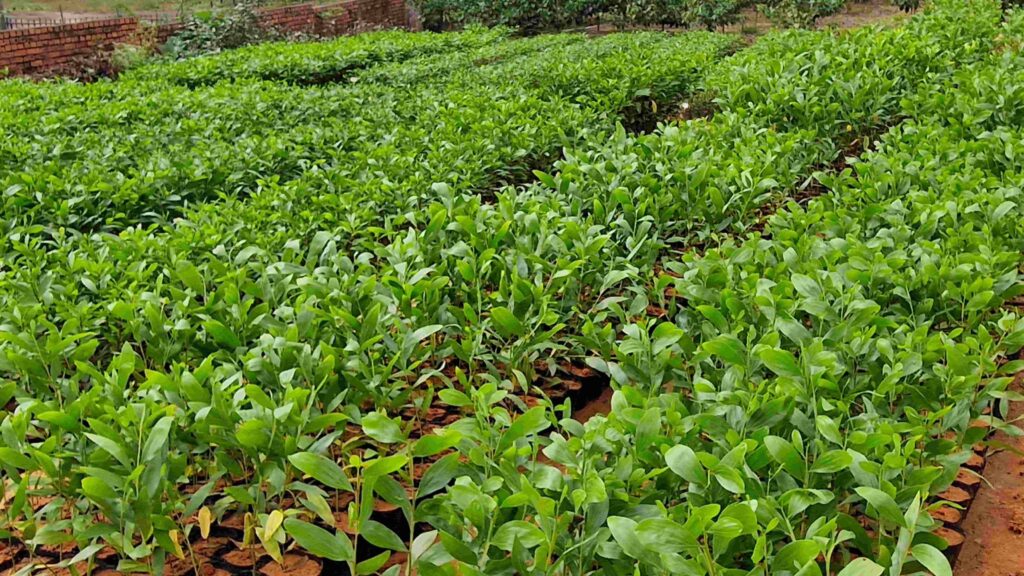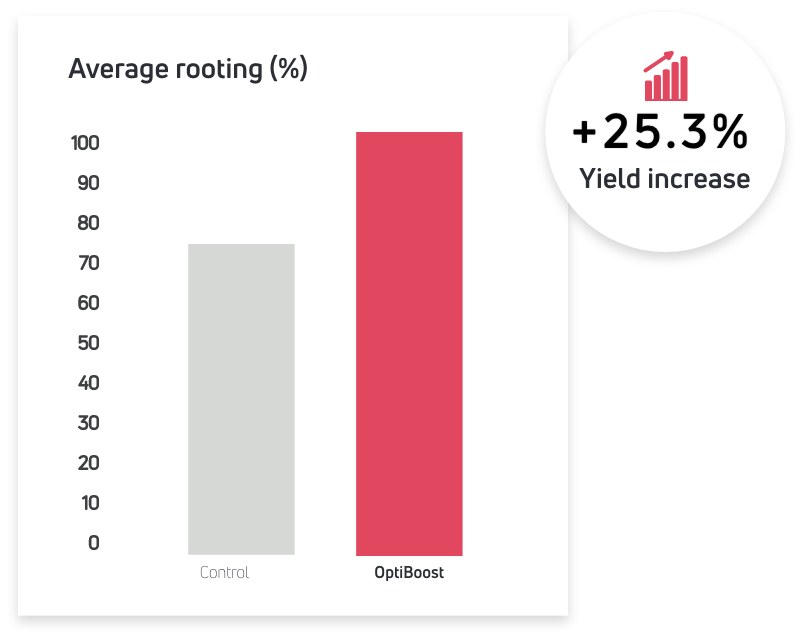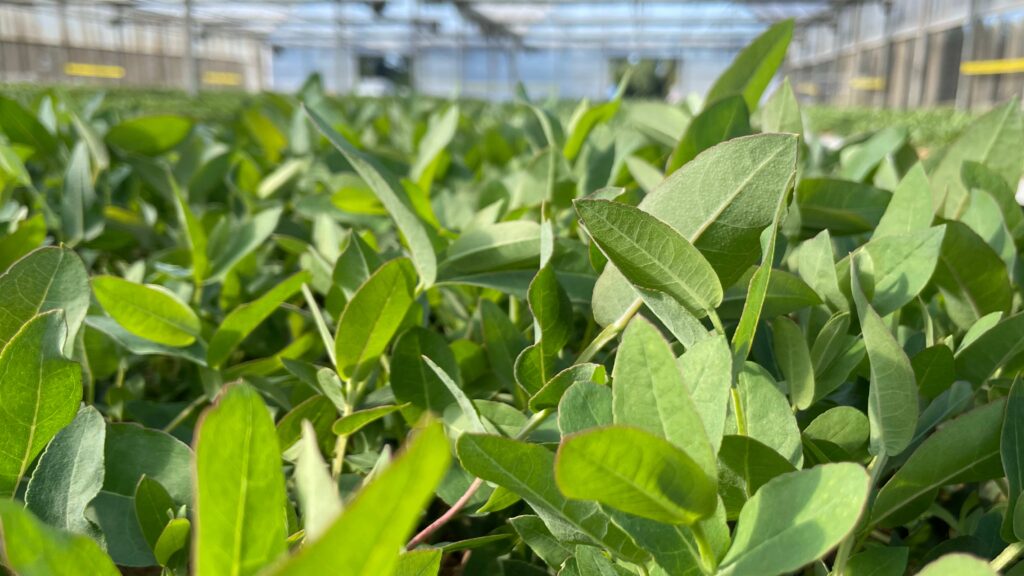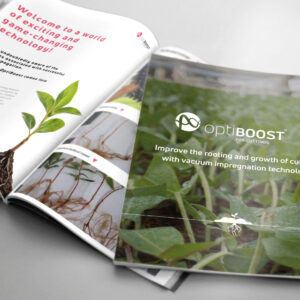Acacia trees are found in various countries around the world, and they are particularly diverse in terms of species and distribution.
Some common uses of Acacia:
Timber Production: Certain Acacia species are valued for their wood, which is used in construction, furniture making, and other woodworking applications. Acacia wood is known for its durability and strength.
Pulp and Paper Production: Some Acacia species are cultivated in large plantations for pulpwood used in the paper and pulp industry. The fast growth of Acacia makes it a suitable source for fiber production.
Gum Arabic Production: Acacia senegal and Acacia seyal are two species that produce gum arabic, a natural exudate obtained from the bark. Gum arabic is used in the food industry as a stabilizer and thickening agent, as well as in pharmaceuticals, cosmetics, and various industrial applications.
Medicinal Uses: Traditional medicine in various cultures has used certain Acacia species for medicinal purposes. Different parts of the plant, such as bark, leaves, and gum, may be employed for their perceived health benefits.
Horticulture and Ornamental Planting: Some Acacia species are planted for landscaping and ornamental purposes. They are valued for their attractive flowers, foliage, and ability to thrive in various climates.
Soil Improvement: Acacia species, particularly those with nitrogen-fixing nodules, can improve soil fertility by enhancing nitrogen levels. This makes them useful in agroforestry and reforestation projects.
Animal Forage: In some regions, Acacia foliage is used as animal forage due to its nutritional content. It can be an important food source for livestock.
Environmental Management: Acacia species are sometimes planted for soil erosion control, watershed protection, and land reclamation. They can be valuable in restoring degraded landscapes.
Bee Forage: Acacia flowers produce nectar, and some species are good sources of forage for honeybees. Acacia honey is produced in regions where these trees are prevalent.
